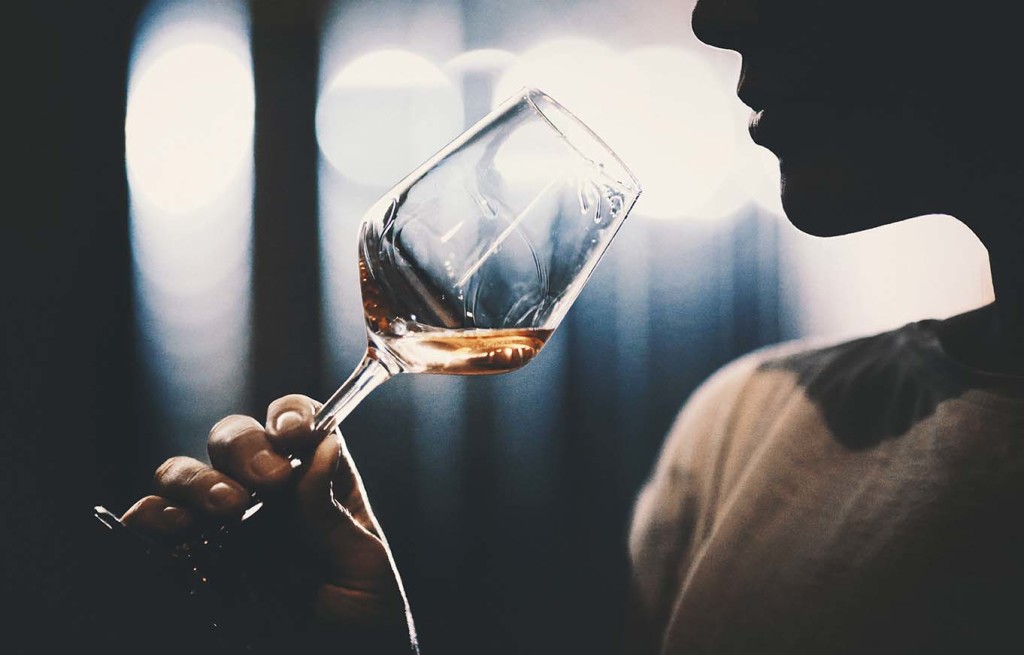When it comes to putting your money in fine wines, it’s not only the vino that improves with age. By James Bainbridge
In an internet meme currently doing the rounds, a Grace Kelly lookalike asks her friend, ‘How much do you spend on a bottle of wine?’ The answer: ‘About half an hour.’
The answer for the world’s finest wine would be one-and-a-half soccer pitches – the size of the Pinot Noir vineyards used to make the Domaine de la Romanée-Conti (DRC) Burgundy red. In My Uncle Oswald, Roald Dahl described drinking this – one of the investment-gold grand cru (‘great growth’) wines of Burgundy and Bordeaux – as ‘equivalent to experiencing an orgasm at once in the mouth and in the nose’.
Only 200 bottles of this nectar of the gods are expected to be made this year, and more than 100 000 names are on the waiting list. Driven by this extreme rarity and desirability, DRC has fetched dizzying prices: at a recent auction held in Geneva, a 1999 three-litre jeroboam was sold for CHF60 000 (R950 000), and 12 bottles of the 1988 vintage went for CHF144 000 (R2.3 million). The auction was only marred by six lots of vintage DRC being withdrawn following accusations of fraud by Don Cornwell, a Californian Burgundy buff and foe of counterfeiters.
The fine-wine market is susceptible to fraud, as the precious bottles change hands for huge sums without the prospect of ever being opened. Indeed, Cornwell’s exposé reads like a description of a forged artwork, focusing on elements such as engraved or embossed glass, labels and the protective ‘capsule’ over the cork. Valuable wines are often bought and sold without leaving the government-licensed bonded warehouse; such facilities offer the benefits of optimum storage conditions and tax breaks, as the wine is officially classified ‘in transit’. They also remove the danger of cracking that prized Château Margaux in an expensive moment of drunken joie de vivre.
The wine market has been buoyed by interest from newly affluent Asian investors, with Sotheby’s Hong Kong auctioning the priciest lot of wine to ever go under the hammer. An Asian collector paid a hefty HK$12.56 million (R25 million) for the ‘super lot’ of 114 bottles of DRC – that’s R220 000 per bottle.
The Chinese are now vying with the French to become the world’s largest wine buyers, taking home around two billion bottles of the stuff each year (most of them red – a lucky colour in Chinese culture, whereas white is associated with death and funerals).
Although Christie’s Hong Kong’s head of wine Simon Tam was recently spotted around the Cape Winelands, the South African wine-investment market remains overshadowed by more straightforward consumption. Issues include the lack of a significant secondary investment market – in which wine is sold by dealers and investors, rather than its producers – and of facilities, including a trading platform and bonded warehouses. ‘Wine futures’ schemes along the lines of the French en primeur system, in which investors purchase a vintage while it is still in the barrel, have also proved unsuccessful.
If not now, then in the near future, the South African wine industry’s strength may be in producing ‘cult’ wines, similar to those from California and Australia. ‘These cult wines are produced in such minute quantities that the demand for them drives prices sky-high,’ says Wade Bales, owner of the Wade Bales Wine Society. The most famous cult wine is the Screaming Eagle Cabernet Sauvignon from California’s Napa Valley; an imperial (six-litre bottle) of the 1992 vintage sold for US$500 000 (R7.7 million) in 2000 – the highest price ever paid for a bottle of wine, although the inflated sum was achieved at a charity auction. The same charitable qualifier applies to the South African auction record for a bottle of wine, set at the Cape Wine Auction in February. Businessman Sello Rasethaba, executive director at the Mediterranean Shipping Company, bid R1.3 million for a bottle of Touch Warwick Cabernet Sauvignon, created by Stellenbosch’s Warwick Wine Estate and controversial Metro FM DJ Thabo ‘Tbo Touch’ Molefe.
If you were to ask industry players which South African wines are investment grade, long-standing producers such as Kanonkop, Klein Constantia, Rustenberg and Meerlust tend to come up. Klein Constantia’s sweet Vin de Constance has historical credibility, having comforted Napoleon Bonaparte on his deathbed; while Kanonkop’s Black Label Pinotage is South Africa’s best contender for the title of cult wine. ‘One of the key things for wine investors is track record, and Kanonkop certainly has that,’ says Bales.
High demand for the R1 500-a-bottle Black Label, the product of one of South Africa’s oldest Pinotage vineyards, has seen Kanonkop raise supply from 1 000 to as many as 5 000 bottles per vintage. ‘Our price points didn’t really allow for South African wines to be seen as cult, as they were too low – as recently as 10 years ago, there were few wines priced above R1 000 a bottle,’ explains Abrie Beeslaar, Kanonkop’s winemaker. ‘We are now evolving to more expensive investment-level wines, but it remains a new way of thinking in South Africa.’
Reflecting this trend, boutique winery Vilafonté will soon be releasing R10 000 magnums of its Series C 2005 red blend, and is confident that the local allocation of 40 bottles will sell out. Mike Ratcliffe, co-founder of Vilafonté, says not enough South African wineries are holding back bottles for later release, but those that do so see accumulation capable of inspiring long-sighted investors. For example, the Series C 2003 retailed for R250 and now enjoys a substantial vintage-release price of more than R5 000.
Opportunities for investors include the local Nedbank Cape Winemakers Guild Auction in October, where wines typically fetch R300 to R1 000 per bottle; and websites such as bbr.com, decanter.com, liv-ex.com and wine-searcher.com, for international prospecting.
photography: gallo/gettyimages, istockphoto

